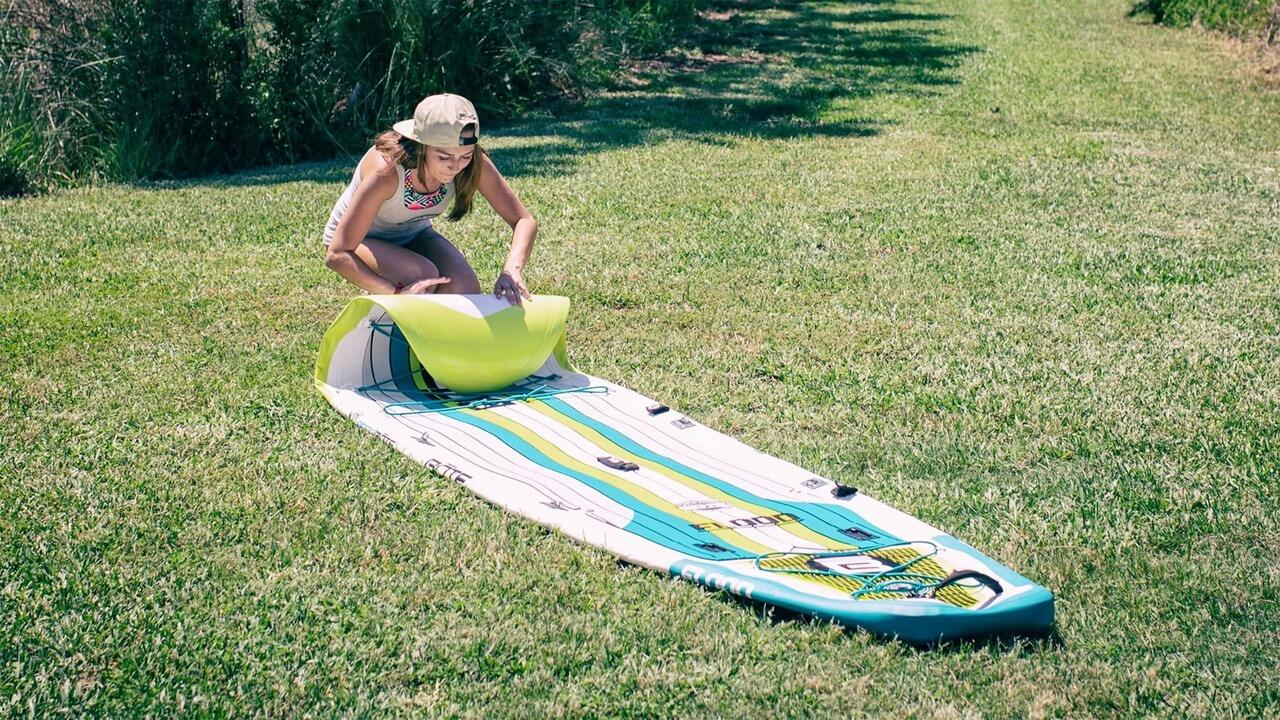

Articles
How To Store Inflatable Paddle Board
Modified: December 7, 2023
Learn the best methods for storing your inflatable paddle board in this informative articles. Keep your board safe and ready for adventure!
(Many of the links in this article redirect to a specific reviewed product. Your purchase of these products through affiliate links helps to generate commission for Storables.com, at no extra cost. Learn more)
Introduction
Storing your inflatable paddle board properly is essential for maintaining its lifespan and ensuring it stays in great condition for future use. Whether you’re packing it away for the winter or just looking for a safe place to store it between adventures, proper storage techniques can help prevent damage and prolong the life of your paddle board.
In this article, we will guide you through the process of storing your inflatable paddle board correctly. We’ll cover everything from choosing the right location, cleaning and drying, deflating the board, rolling it up, and finally, storing it safely. By following these simple steps, you can keep your paddle board in top shape and ready for your next paddleboarding excursion.
Key Takeaways:
- Properly storing your inflatable paddle board is crucial for preserving its lifespan and ensuring it stays in excellent condition. From choosing the right location to rolling it up carefully, these steps will keep your board safe and ready for your next adventure.
- When storing your inflatable paddle board, remember to check for damage, avoid extreme temperatures, and protect it from pests and chemicals. By following these additional tips and precautions, you can ensure your board remains in top-notch condition for countless adventures on the water.
Read more: How To Store Paddle Boards
Choosing the Right Location
When it comes to storing your inflatable paddle board, the first step is to find the right location. Ideally, you’ll want to store your board in a cool, dry, and well-ventilated area.
Avoid storing your paddle board in direct sunlight or extreme temperatures. Prolonged exposure to sunlight can cause the material to fade and deteriorate over time. Extreme heat or cold can also affect the integrity of the board, leading to cracks or other damage.
Additionally, it’s important to consider the space requirements for storing your paddle board. Make sure you have enough room to lay it flat or roll it up without bending or folding it excessively. If space is limited, you might have to get creative with storage options, such as using a hanging rack or wall mount.
Another factor to consider is the accessibility of the storage location. You’ll want to choose a place that is easily accessible so that you can easily retrieve and inflate your paddle board when you’re ready to use it again.
Lastly, if you plan on storing your paddle board for an extended period, consider choosing a location with minimal humidity. High humidity can lead to the growth of mold or mildew, which can be damaging to the board’s material. Using a dehumidifier or moisture-absorbing products in the storage area can help mitigate this issue.
Cleaning and Drying
Before storing your inflatable paddle board, it’s important to properly clean and dry it. This helps remove any dirt, salt, or debris that may have accumulated during your paddleboarding adventures.
Start by rinsing your paddle board with fresh water. Use a hose or a bucket of water to thoroughly rinse off any dirt or saltwater. Pay particular attention to areas like the deck pad, fins, and valve, as these can be hotspots for grime buildup.
Next, use a mild detergent or paddle board cleaner to scrub the surface of the board. Avoid using abrasive cleaners or brushes that may damage the material. Gently scrub the board in a circular motion, focusing on any stubborn stains or marks. Rinse off the cleaner with fresh water once you’re done scrubbing.
After cleaning, it’s crucial to allow your paddle board to dry completely before storing it. Wipe down the board’s surface with a towel to remove excess water. Then, let it air dry in a shaded area with good airflow. Avoid drying it under direct sunlight, as this can cause the material to heat up and potentially warp.
If you’re in a hurry or need to dry your board more quickly, you can use a fan or a towel to speed up the drying process. Just make sure the board is completely dry before moving on to the next step.
Remember, storing a wet or damp paddle board can lead to mold or mildew growth, which can be detrimental to the board’s integrity. Take the time to ensure your board is thoroughly cleaned and dried before moving on to the next steps of the storage process.
Deflating the Inflatable Paddle Board
Once your inflatable paddle board is cleaned and dry, it’s time to deflate it for storage. Deflating the board properly is crucial to prevent any damage and ensure it occupies as little space as possible.
Start by removing any accessories attached to the board, such as the fins or leash. This will make the deflation process easier and prevent any accidental damage to these components.
Locate the valve on the paddle board. Most inflatable paddle boards have one or more valves that can be opened to release the air. Open the valve by twisting it counterclockwise or following the manufacturer’s instructions.
To deflate the board, start by pressing down on the center of the board. Use your hands or your body weight to gently push the air out from the nose to the tail. You can also use a paddle or your feet to press down and expel the air more efficiently. Continue to apply pressure until the board is completely deflated.
Once the board is deflated, close the valve by twisting it clockwise. Make sure it is tightly closed to prevent any air from seeping back into the board during storage.
It’s important to note that excessive folding of the board can cause creases and potential damage to the material. To avoid this, gently roll or fold the deflated board in the direction of the valve. Take care not to bend or fold the board too tightly as this can strain the seams.
By deflating your paddle board properly, you’ll not only preserve its shape but also make it easier to store and transport. Continue on to the next step to learn how to roll up your deflated paddle board for storage.
To store an inflatable paddle board, make sure it is clean and dry before deflating it. Store it in a cool, dry place away from direct sunlight and extreme temperatures to prolong its lifespan.
Rolling Up the Paddle Board
After deflating your inflatable paddle board, the next step is to roll it up for storage. Rolling the board correctly helps minimize the space it occupies and keeps it in good condition for future use.
Start by laying the deflated board on a flat surface, such as a clean floor or a large table. Ensure that there are no sharp objects or debris that could potentially damage the board during the rolling process.
Begin rolling the board from the nose towards the tail. Use even and gentle pressure to create a tight and compact roll. As you roll, make sure to keep the board aligned to avoid any twisting or kinks.
If your paddle board is equipped with a detachable fin, remove it before you start rolling. Set it aside in a safe place to prevent it from getting lost or damaged.
As you near the end of the roll, make sure to close any straps or velcro fastenings that secure the rolled-up board in place. This will prevent it from unrolling during storage or transportation.
Once the board is rolled up, it’s a good idea to place it inside a protective bag or wrap it in a towel or blanket. This provides an extra layer of protection against dust, moisture, and potential scratches. If your paddle board came with a storage bag, make use of it for this purpose.
Remember that proper rolling and storage techniques help maintain the paddle board’s integrity and prevent any unnecessary wear and tear. Taking the time to roll it up carefully will pay off when you’re ready to use your board again.
Read more: How To Store A Paddle Board
Storing the Paddle Board
Once your inflatable paddle board is deflated and rolled up, it’s time to find a suitable storage solution. Proper storage is crucial for maintaining the board’s shape and protecting it from any potential damage.
When it comes to storing your paddle board, there are a few options depending on the space available to you:
- Indoor Storage: If you have enough space indoors, storing your paddle board inside is the ideal option. Find a clean and dry area where the board can be laid flat or stood upright. If you choose to stand it upright, make sure it won’t topple over and is secured against any accidental bumps.
- Garage or Shed: If you have a garage or a shed, it can be a suitable storage space for your paddle board. Make sure the area is clean, dry, and well-ventilated. If you’re storing the board for an extended period, consider protecting it with a board bag or a cover to shield it from any dust or debris.
- Outdoor Storage: If indoor storage is not feasible, you can consider storing your paddle board outdoors. However, this option is less ideal as exposure to the elements can lead to faster wear and tear. If storing your board outdoors is your only option, make sure to cover it with a durable, weather-resistant cover that protects it from direct sunlight, rain, and other environmental factors.
Regardless of the storage location, it’s important to keep your paddle board off the ground. Placing it on a rack, storage stand, or hanging it can help prevent any potential damage and keep it in better condition.
Remember to store your paddle board away from any sharp objects or heavy items that could potentially cause harm. Also, avoid stacking any heavy objects on top of the board, as this can lead to deformation of the material.
Periodically check on your stored paddle board to ensure it remains in good condition. If you notice any signs of damage, such as punctures or leaks, address them promptly to prevent further issues.
By following these storage guidelines, you can ensure your inflatable paddle board remains protected and ready for your next adventure.
Additional Tips and Precautions
When it comes to storing your inflatable paddle board, there are a few additional tips and precautions to keep in mind to maintain its longevity and quality:
- Check for Damage: Before storing your paddle board, thoroughly inspect it for any signs of damage, such as tears, leaks, or weak spots. Address any issues promptly to prevent further damage during storage or the next time you use it.
- Avoid Extreme Temperatures: Inflatable paddle boards are designed to withstand a wide range of temperatures, but it’s still important to avoid exposing them to extreme heat or cold. Extreme temperatures can affect the durability and performance of the board’s material over time.
- Avoid Chemical Exposure: Keep your paddle board away from any chemicals or harsh cleaning products that could potentially damage the material. Store it in a location where it won’t come into contact with any harmful substances.
- Rotate the Board: If you’re storing your paddle board for an extended period, it’s beneficial to rotate it occasionally. This helps prevent any prolonged pressure on specific areas and ensures the board maintains its shape evenly.
- Protect Against Pests: If you’re storing your paddle board in an outdoor area or a garage, take precautions to protect it from pests such as rodents or insects. Consider placing mothballs or using natural pest deterrents to prevent any unwanted damage.
- Keep Accessories Together: When storing your paddle board, make sure to keep all accessories, such as the pump, paddle, fins, and leash, in a designated area. This way, you’ll have everything you need when it’s time to inflate and hit the water again.
By following these additional tips and precautions, you can ensure your inflatable paddle board stays in excellent condition and is ready for your next paddleboarding adventure.
Conclusion
Properly storing your inflatable paddle board is essential for preserving its lifespan and ensuring it stays in excellent condition. By following the steps outlined in this article, you can keep your paddle board safe and ready for your next adventure.
Start by choosing the right storage location, opting for a cool, dry, and well-ventilated area. Clean and dry the board thoroughly before deflating it, removing any dirt or debris that may have accumulated. Be sure to deflate the board properly, closing the valve tightly to prevent air from seeping back in.
Roll up the deflated board tightly, taking care not to bend or fold it excessively. Store the paddle board in a clean and secure location, keeping it off the ground and away from any sharp objects or heavy items.
Additionally, take precautions to protect your paddle board from extreme temperatures, chemical exposure, pests, and other potential hazards. Regularly check for damage and address any issues promptly to prevent further damage.
By implementing these storage techniques and following the additional tips and precautions provided, you can ensure your inflatable paddle board remains in top-notch condition, ready for countless adventures on the water.
Remember, proper storage is an investment in the longevity and performance of your paddle board. Take the time to care for and store your board correctly, and you’ll enjoy many years of paddleboarding fun.
Frequently Asked Questions about How To Store Inflatable Paddle Board
Was this page helpful?
At Storables.com, we guarantee accurate and reliable information. Our content, validated by Expert Board Contributors, is crafted following stringent Editorial Policies. We're committed to providing you with well-researched, expert-backed insights for all your informational needs.
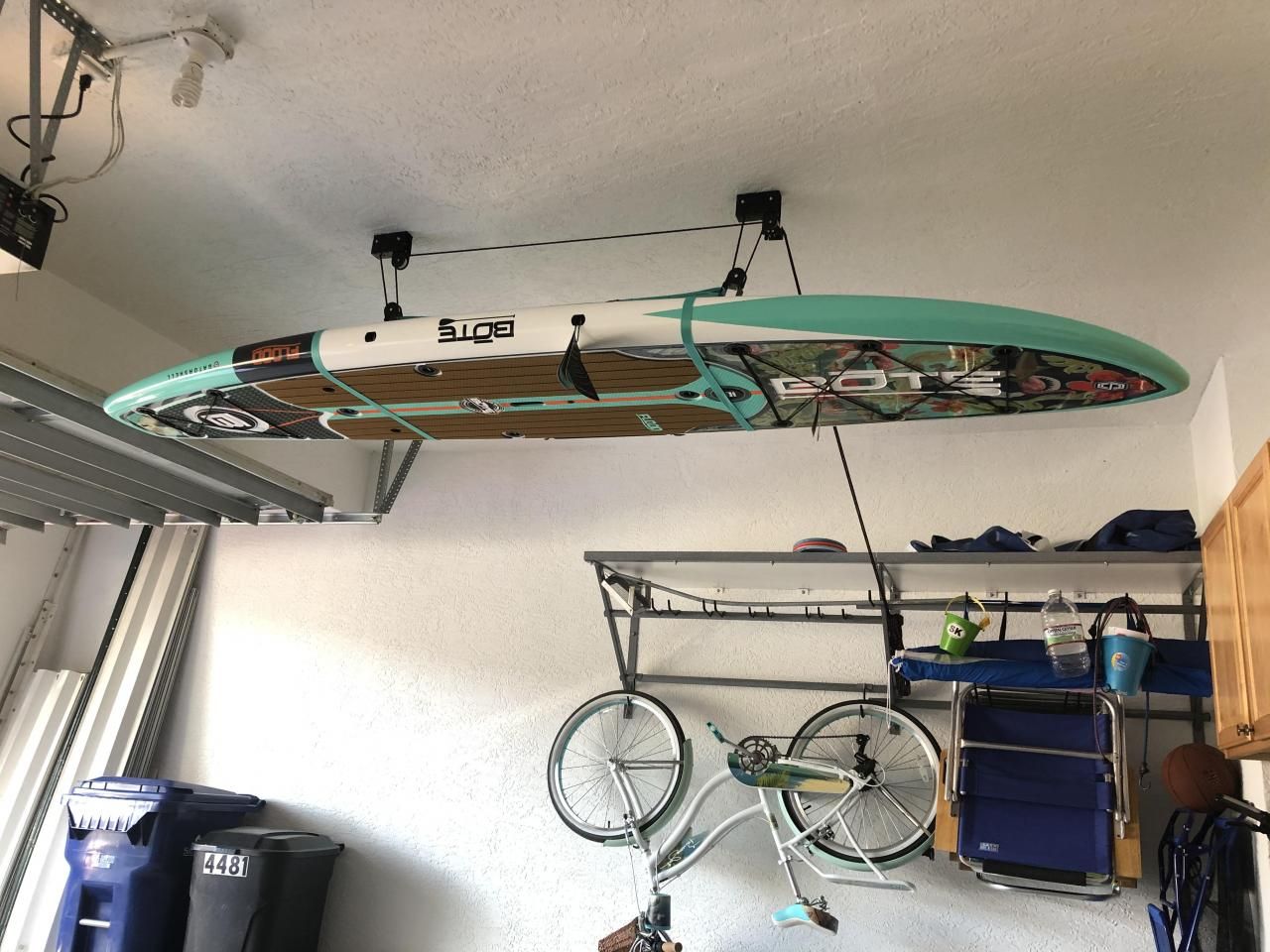
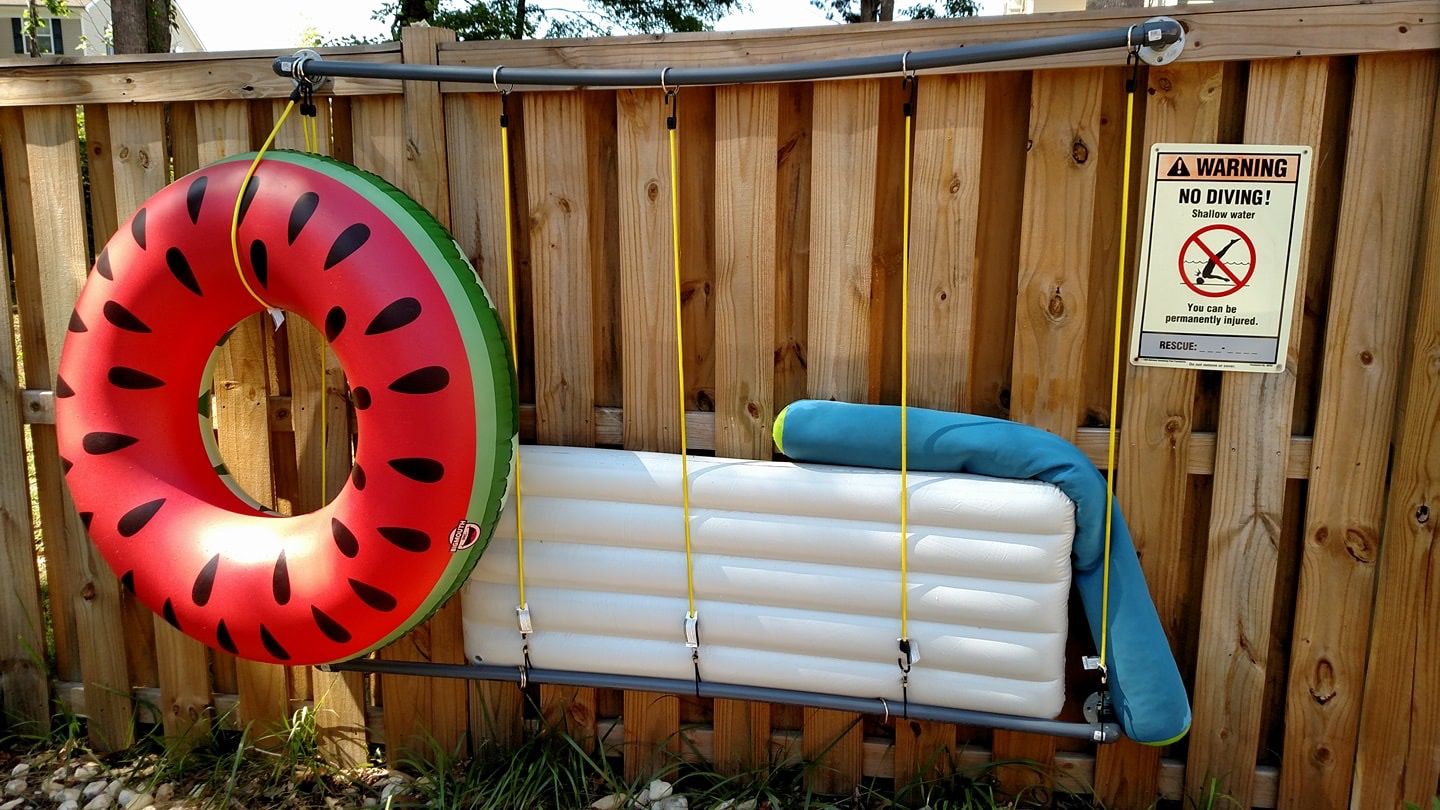
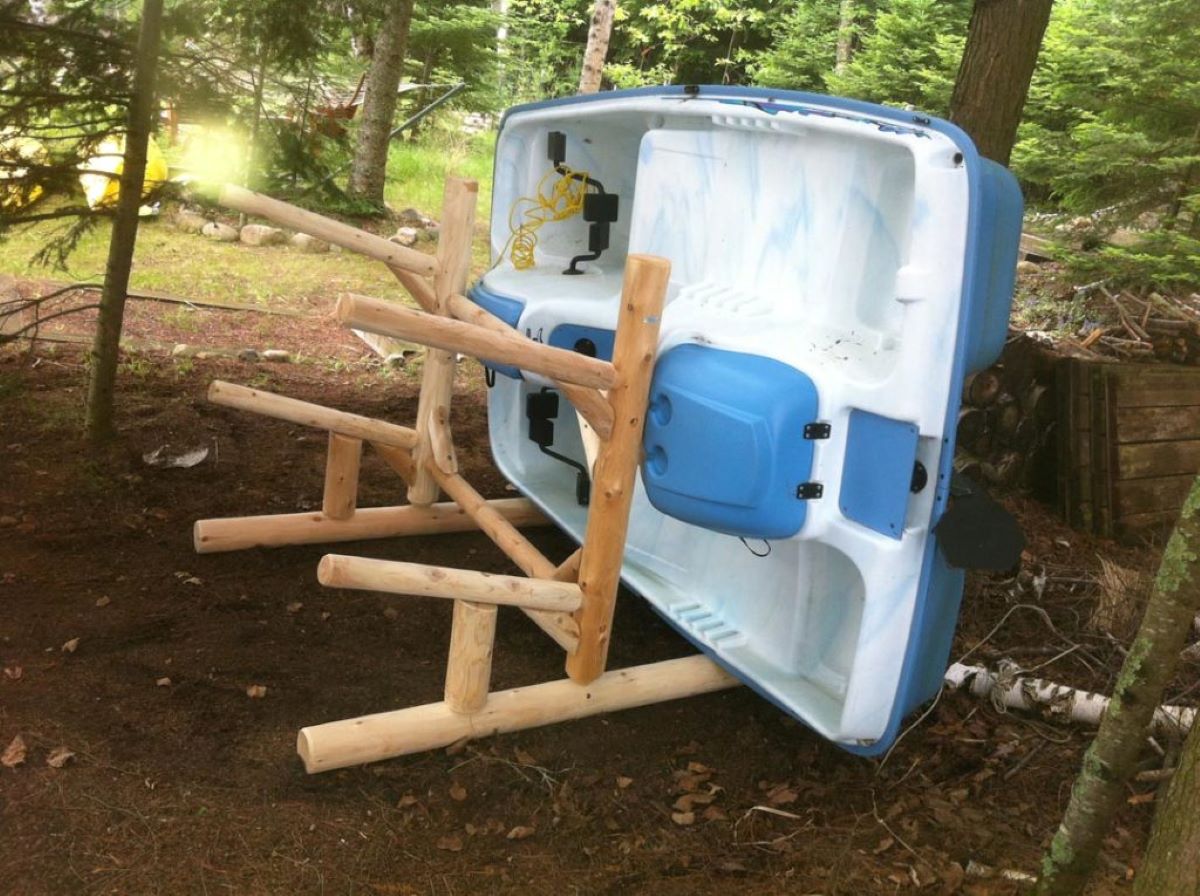
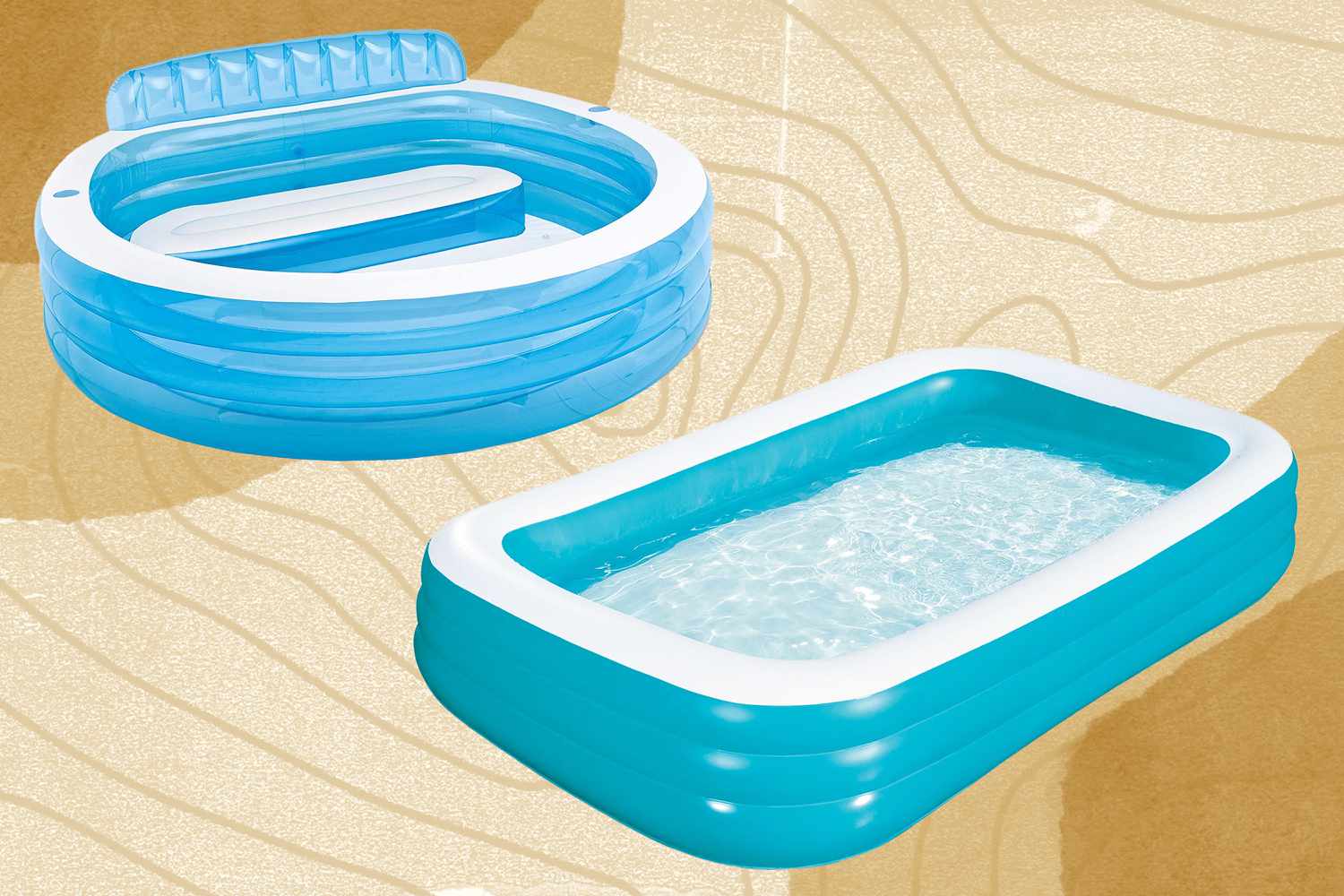
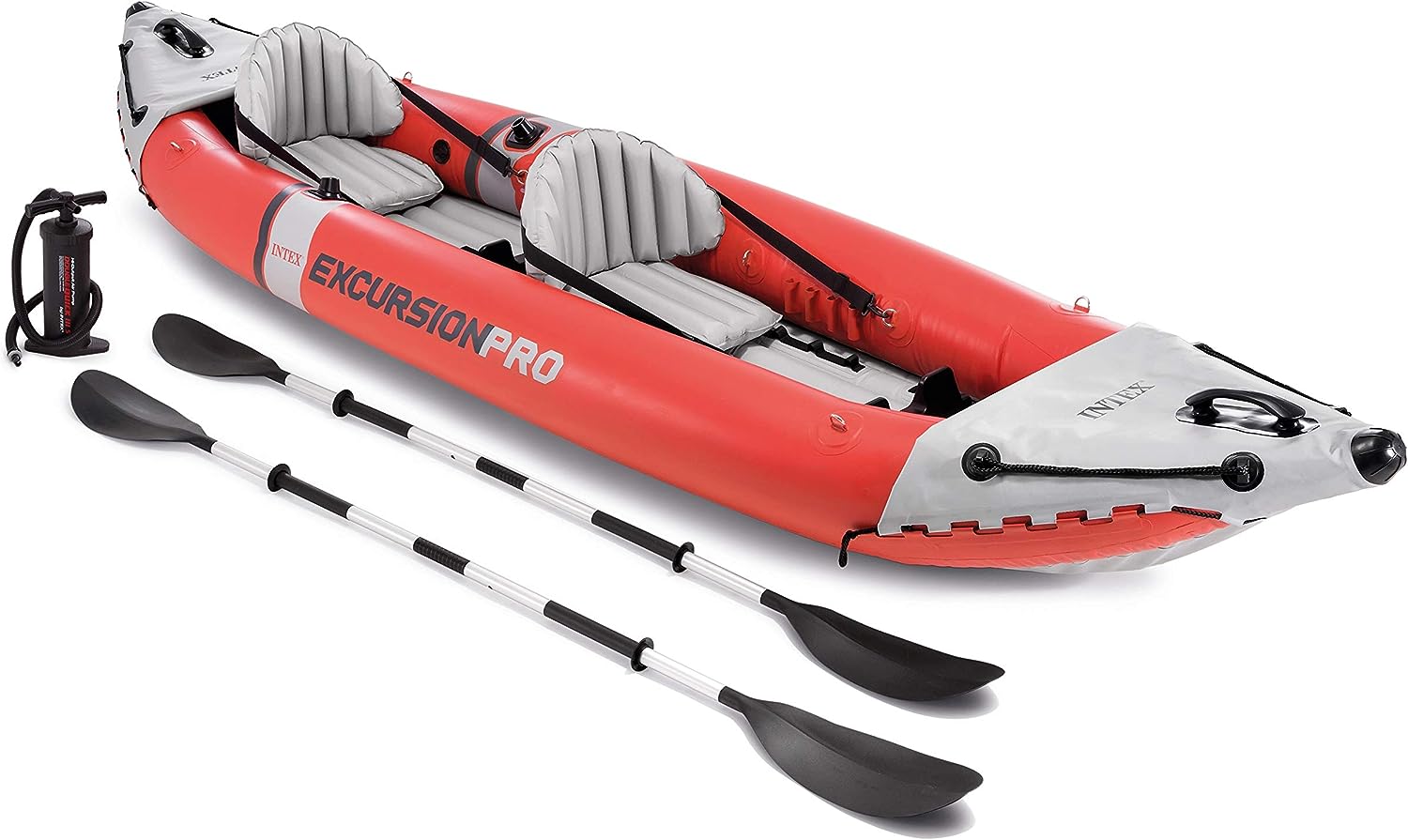
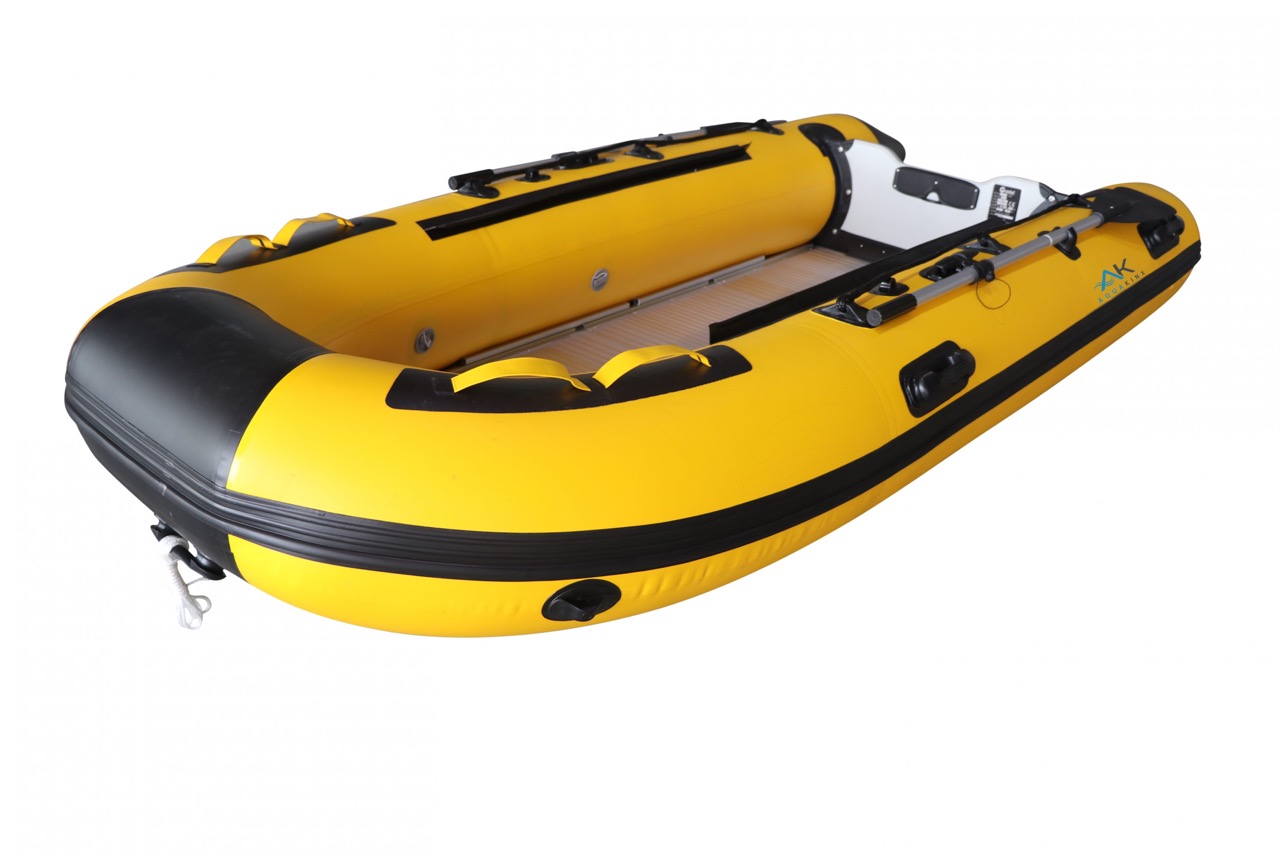
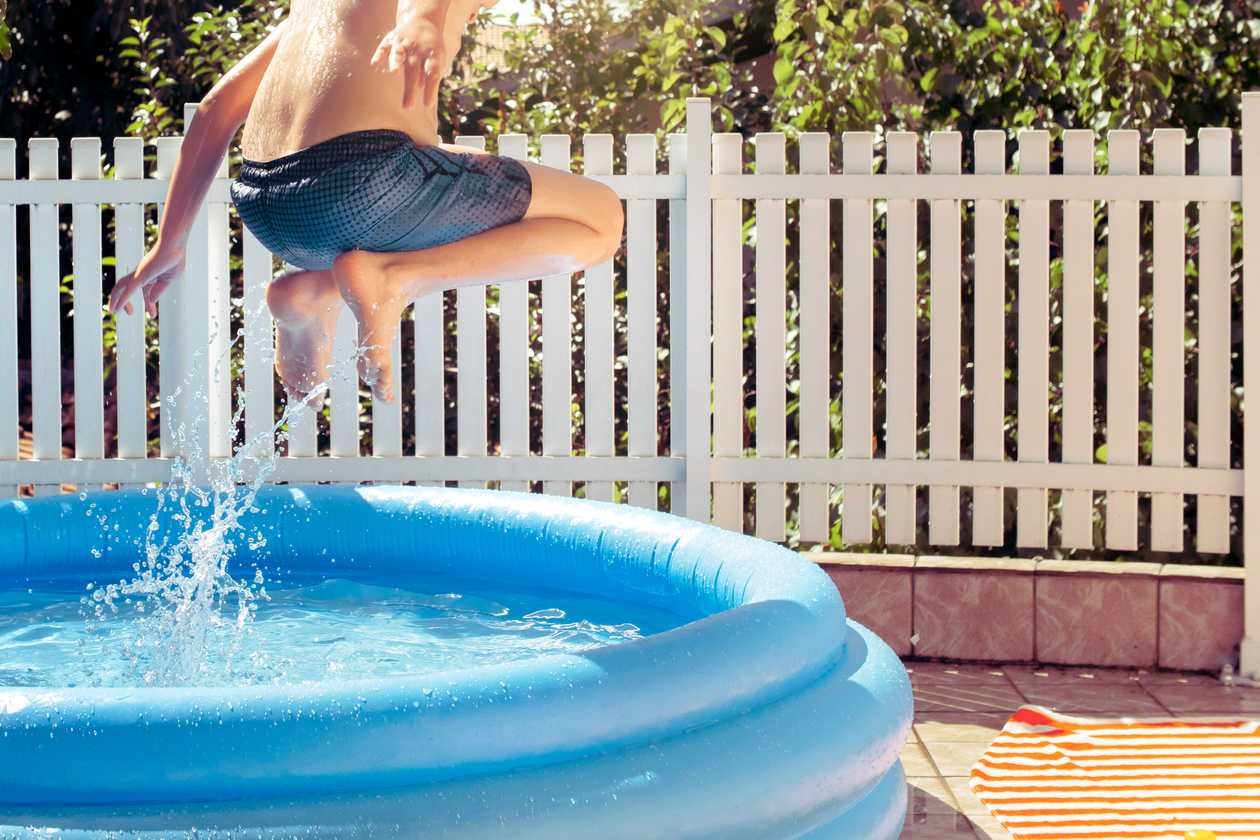
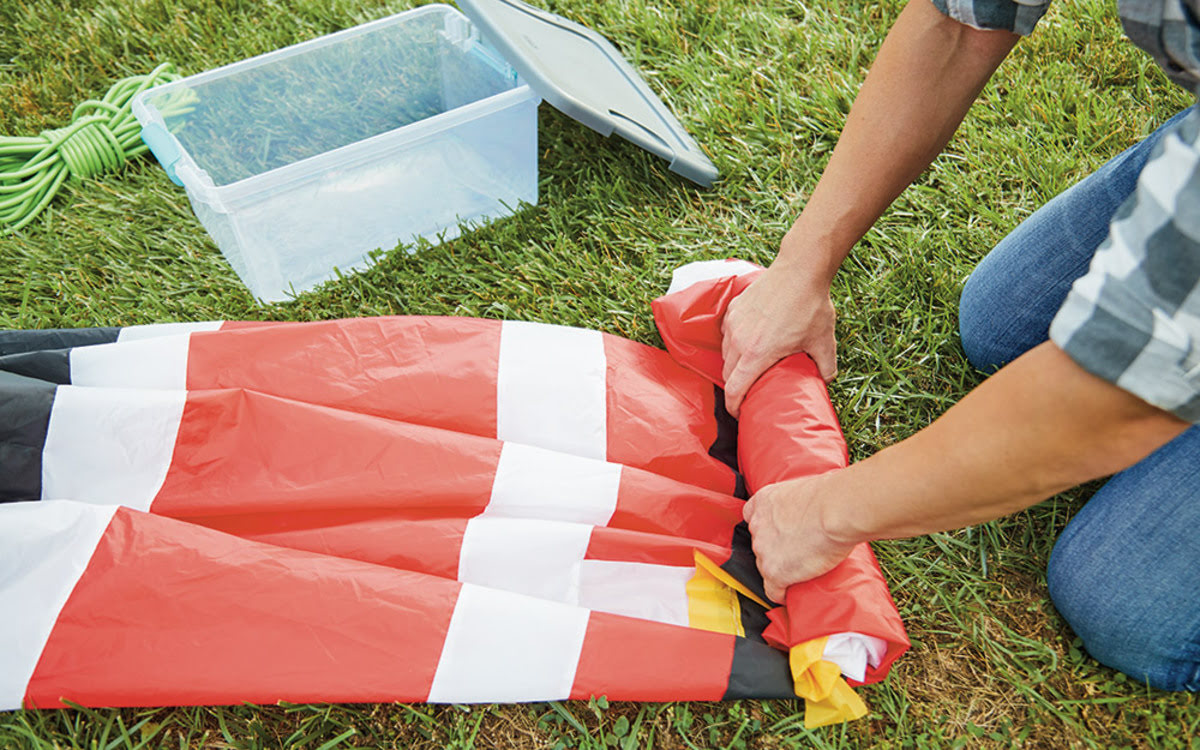
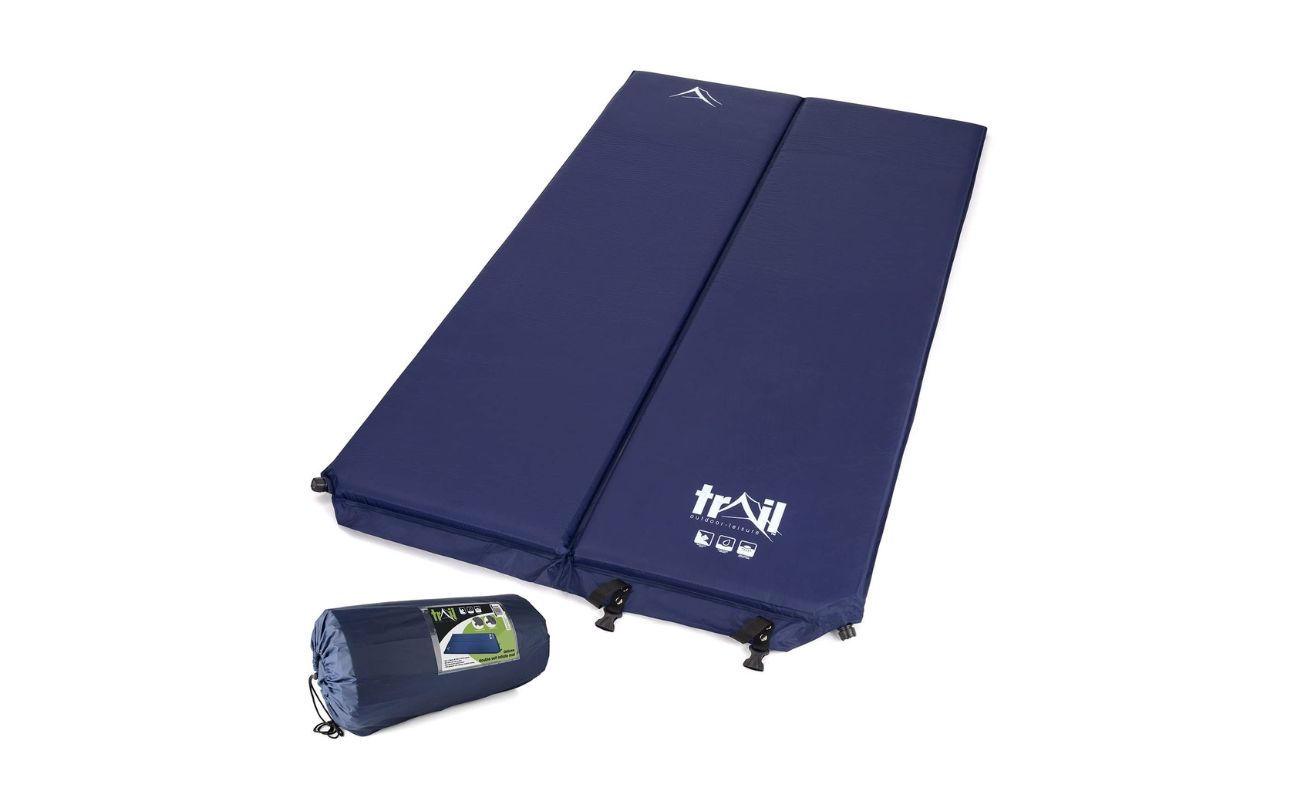
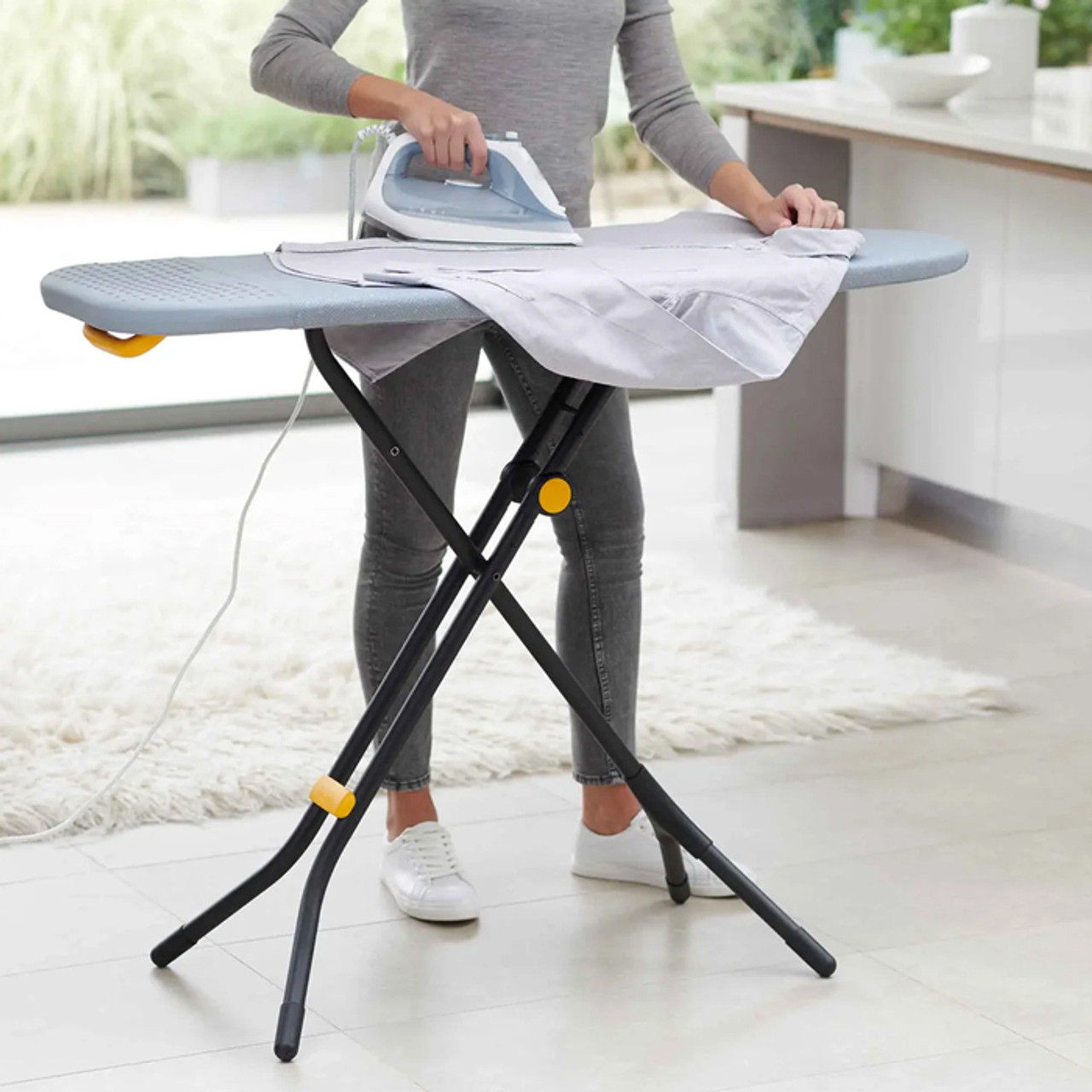

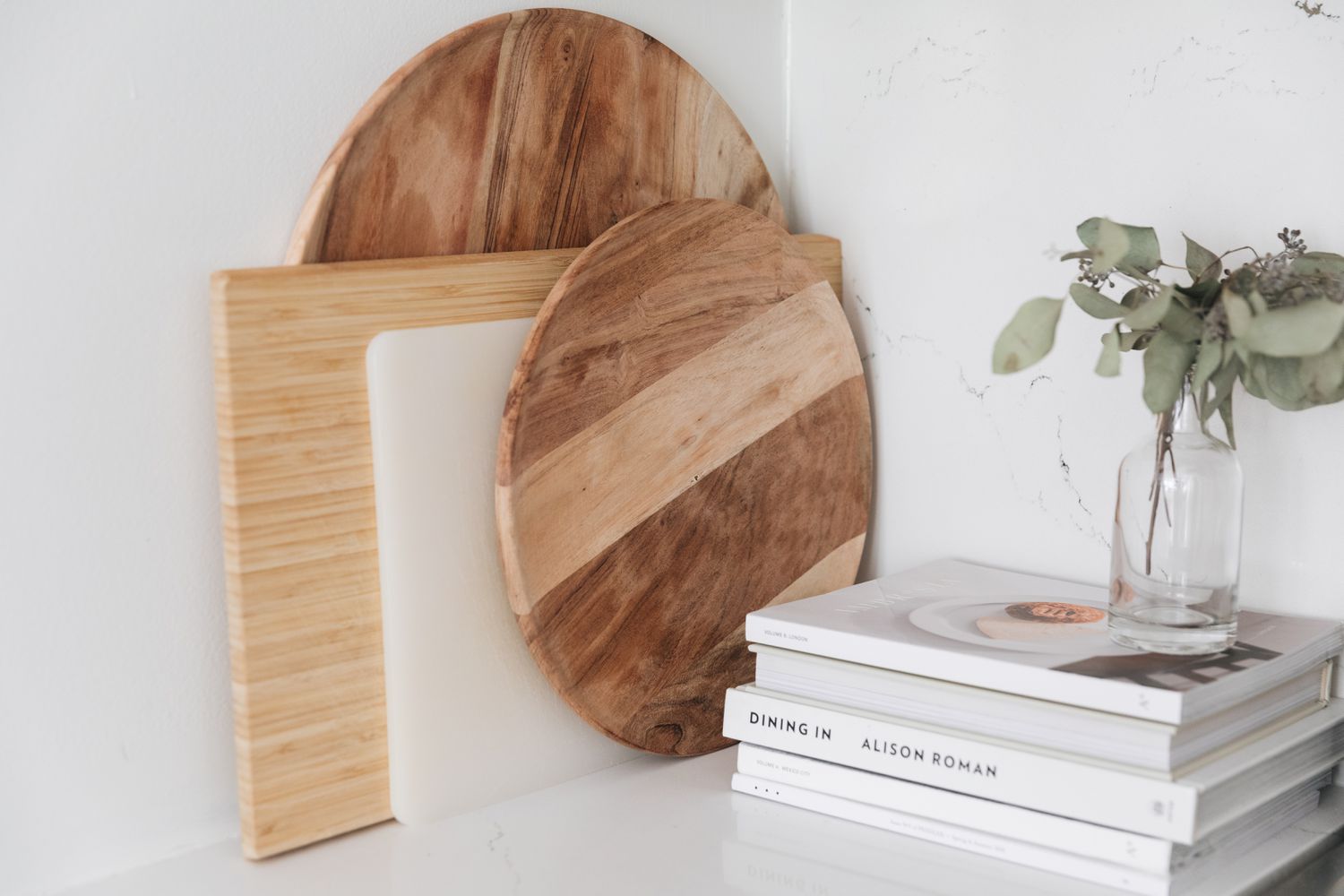

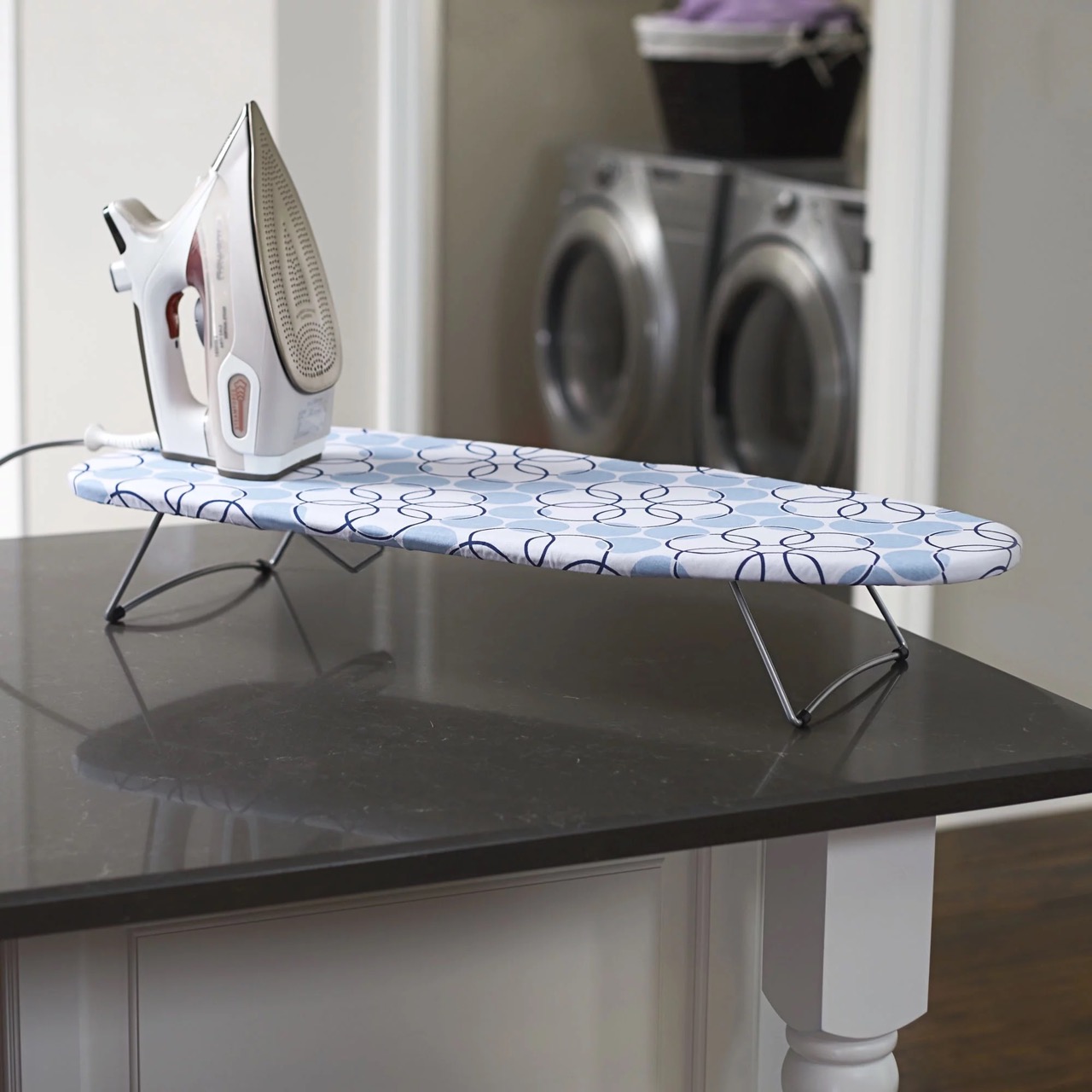

0 thoughts on “How To Store Inflatable Paddle Board”